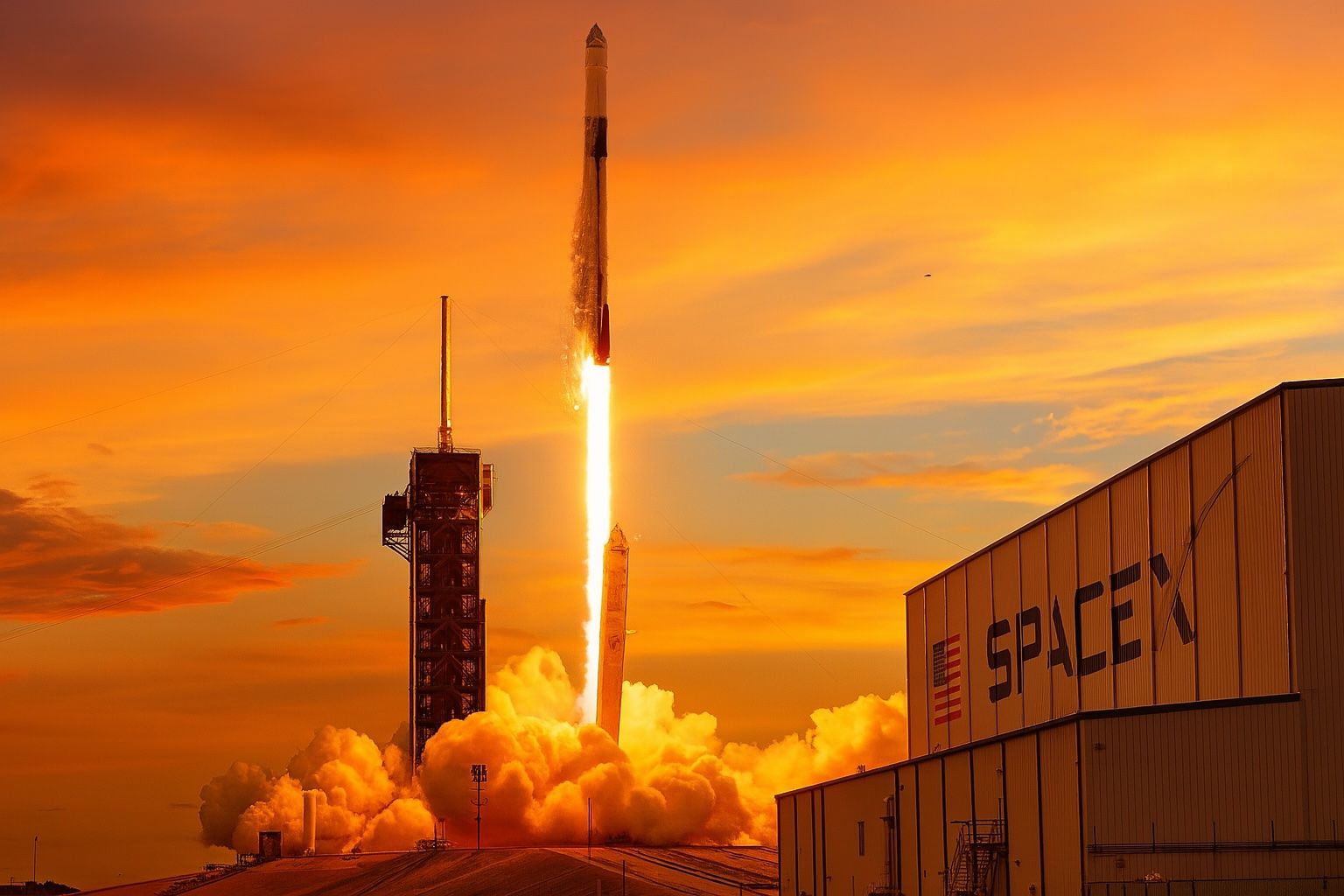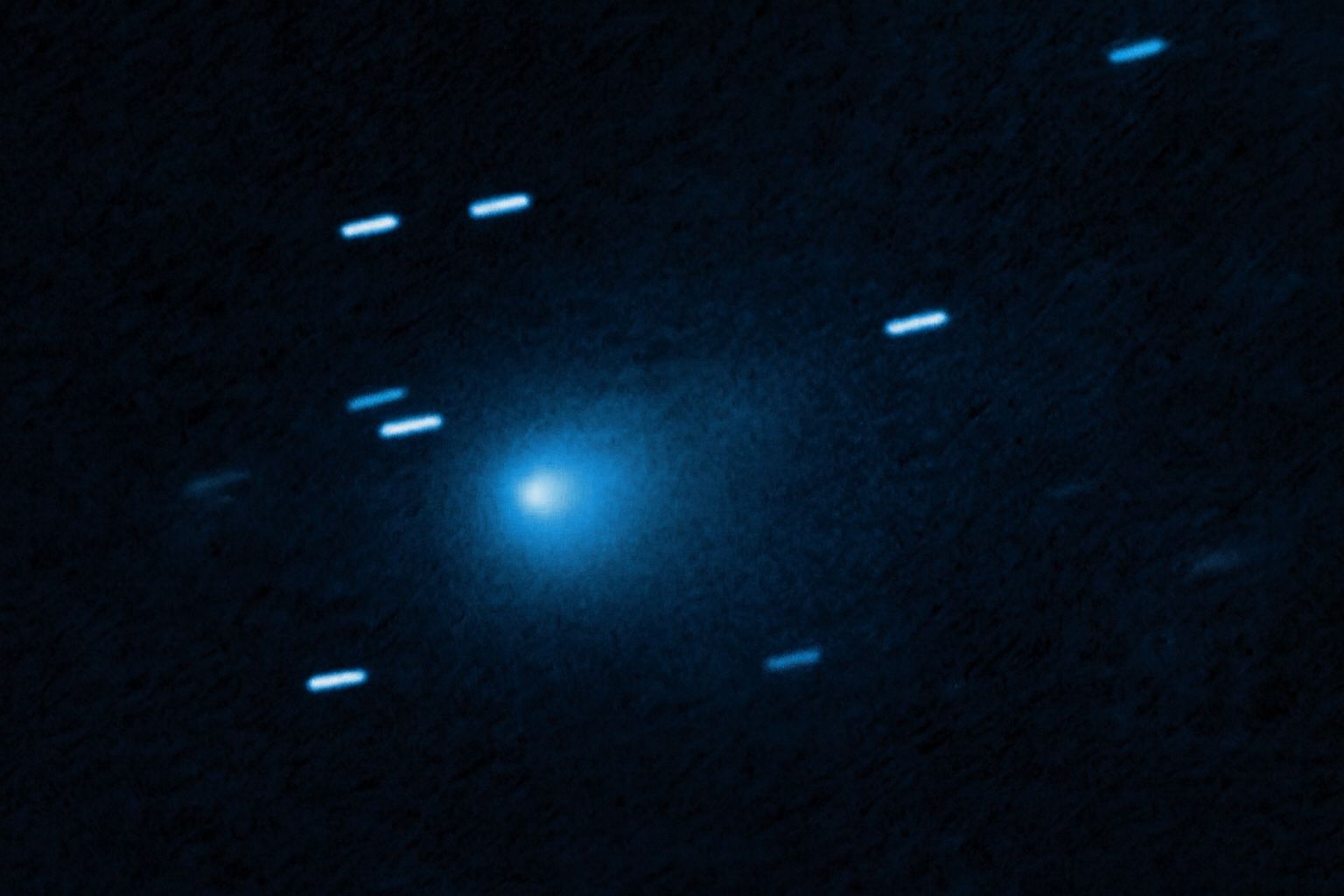
Space Sector Frenzy: Launch Scrubs, Surprise Liftoffs & Bold Cosmic Moves Rock Sept 8–9, 2025
Key Facts Rapid-Fire Launches: SpaceX and China Keep Up the Pace SpaceX’s busy week. Elon Musk’s SpaceX saw a flurry of launch activity and a bit of suspense. On Monday Sept. 8, Falcon 9 was minutes from launching the Nusantara










